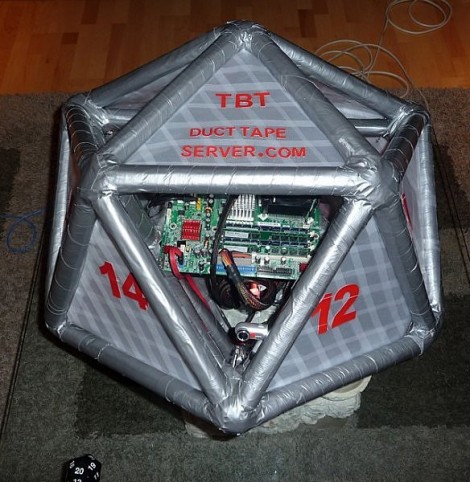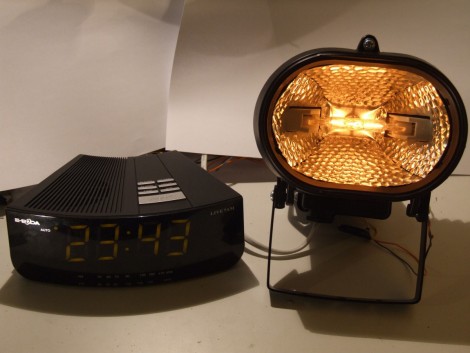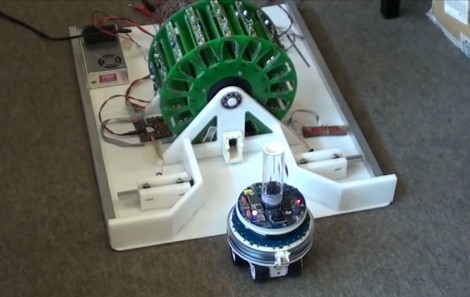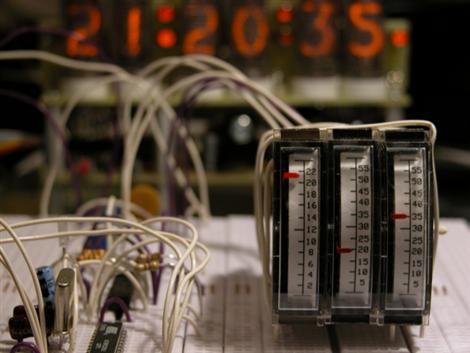
Who needs metal, wood, or acrylic if you are talented with duct tape? This server is housed in a 20-sided enclosure made entirely of duct tape, 22 rolls of it. A team of seven completed the project after eight build session over the course of about ten days. It’s currently in use at this year’s MillionManLan 9 as confirmed by this incredibly boring live feed.
However whimsical, we do appreciate the build process. Tubes are rolled until they reach the specified thickness, then cut to length on a chop saw. More sticky stuff is applied to the joints and piece by piece the frame comes together. From the diagram laying off to the side in one of the pictures it looks like they did the smart thing by designing this in CAD before getting their hands dirty sticky.
















